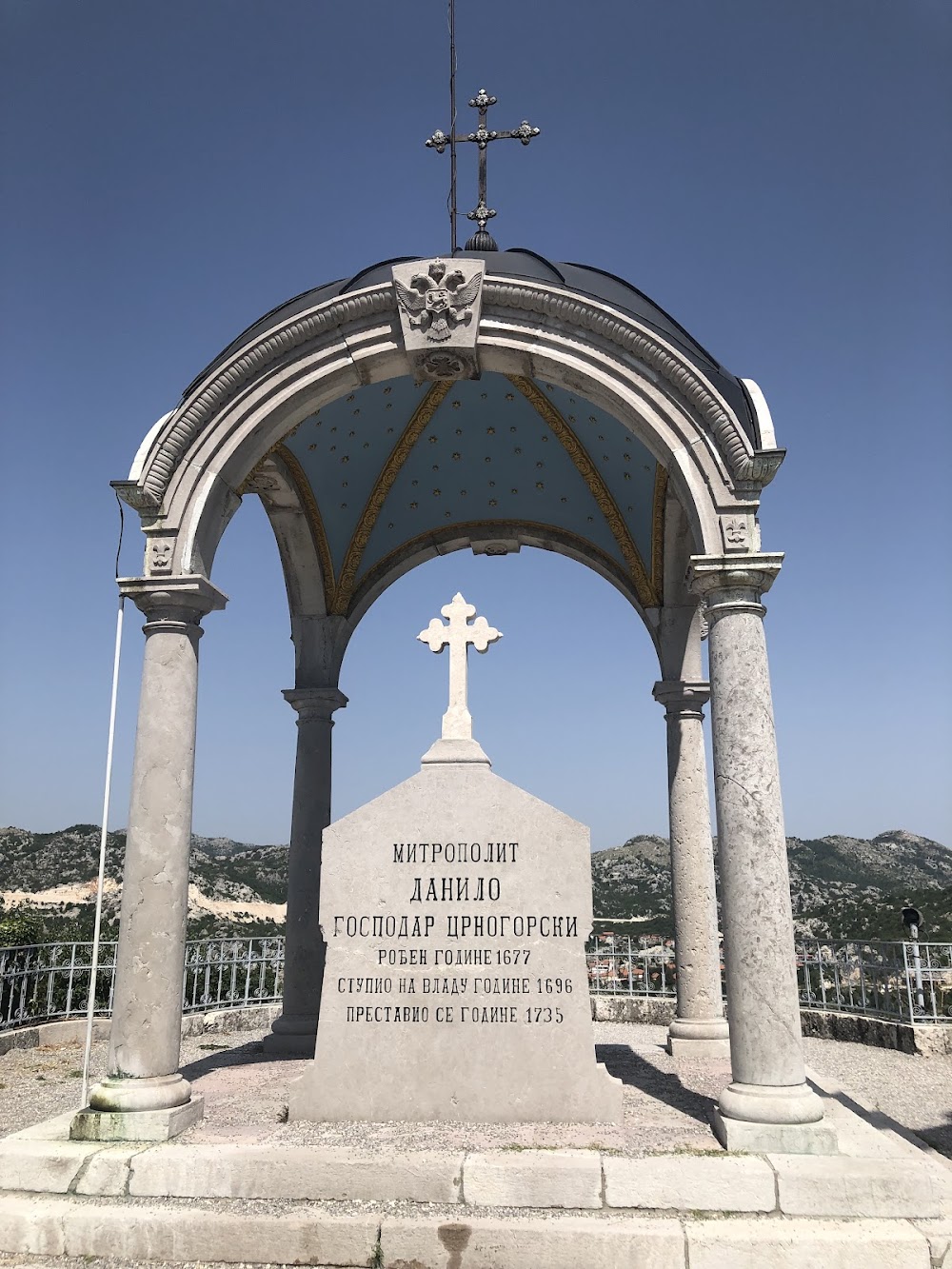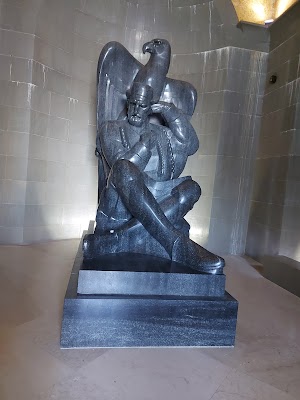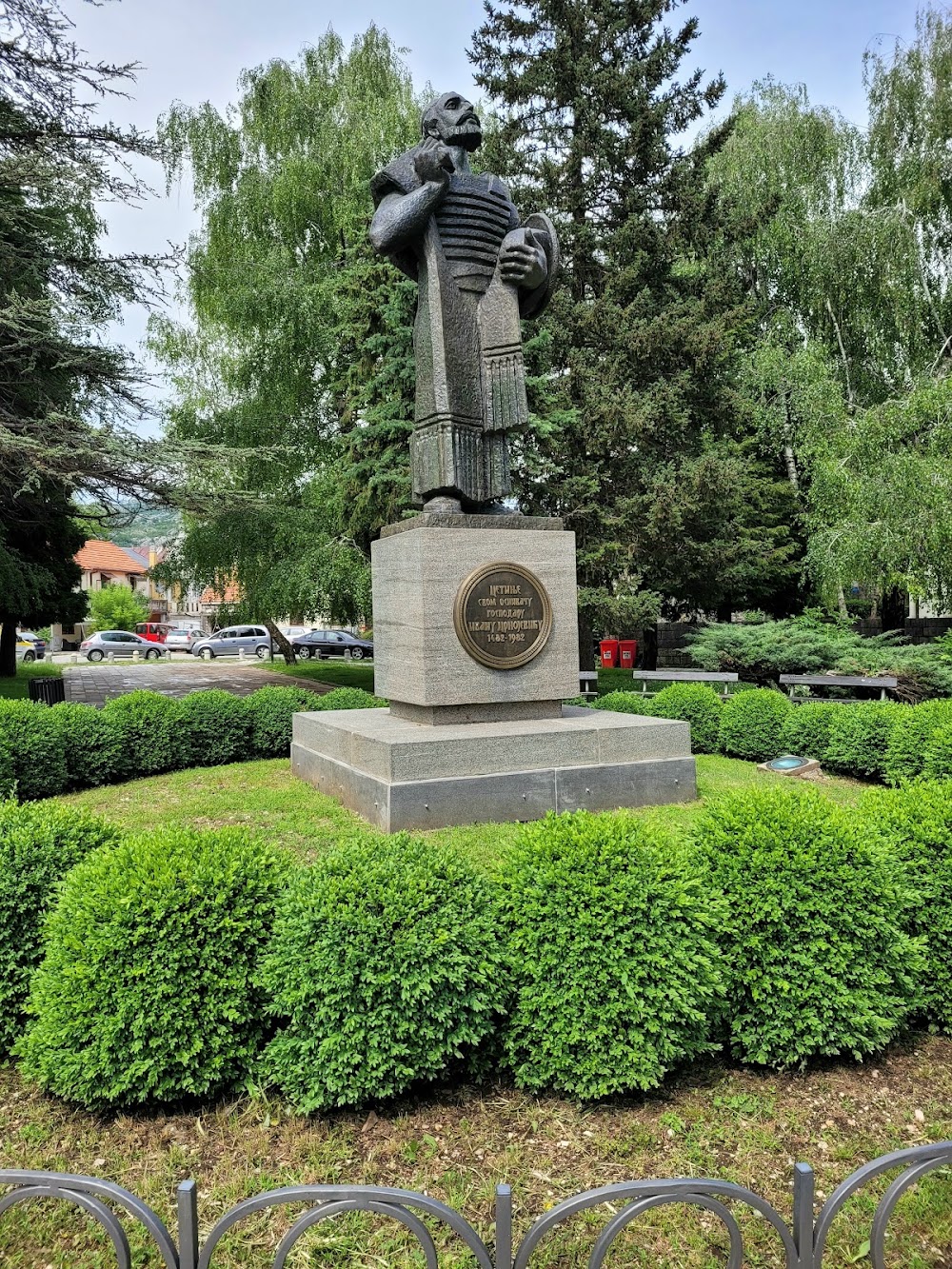Njegoš Museum Biljarda (Музеј Нјегошева Биљарда)
Overview
**Billiard Palace: A Historical Gem in Cetinje, Montenegro**
Billiard Palace, also known as Njegoš Museum Biljarda, stands as a remarkable testament to Montenegro's rich cultural heritage. Located in the historic city of Cetinje, this elegant building was constructed in 1838 under the commission of Petar II Petrović-Njegoš, a celebrated Montenegrin prince-bishop, poet, and philosopher. Njegoš chose the site strategically near the old Cetinje Monastery, envisioning Biljarda as not only his residence but also a government hub and a symbol of Montenegro's modernization.
The design and construction of this architectural masterpiece were the result of a collaborative effort. Renowned architect Mirko Ražnatović crafted the plans, while the experienced Italian master mason Jacov Opatich oversaw the construction. Built with traditional stone sourced from nearby quarries, the palace took approximately one year to complete, with its doors opening in 1839.
The name "Biljarda" is derived from the billiard table that Njegoš had installed in one of the rooms—a luxurious and distinctive addition for that era. This unique feature reflects both the building's character and Njegoš’s progressive lifestyle, blending traditional Montenegrin elements with modern influences.
The architectural style of the palace is simple yet elegant, showcasing a combination of Montenegrin and Italianate designs. With a rectangular floor plan measuring 70 meters long and 18 meters wide, the two-story structure boasts arched windows and a central balcony. Its thick stone walls and expansive courtyard provide security and a serene atmosphere.
Inside, the rooms are adorned with a mix of local and imported furnishings, exemplifying Njegoš’s appreciation for diverse cultures and European trends. The billiard room, in particular, was a favored retreat for Njegoš, where he would contemplate philosophical questions in the company of trusted advisors and foreign dignitaries.
Following Njegoš’s passing in 1851, Biljarda continued to play an important role in Montenegro's governmental and cultural landscape. During the latter part of the 19th century, it became home to significant state offices and served as a meeting place for diplomats and national assemblies.
In the 20th century, Biljarda was transformed into a museum dedicated to honoring the legacy of Njegoš. Today, the Njegoš Museum Biljarda showcases a wealth of personal belongings, manuscripts, and first editions of his works. Visitors can also explore historical artifacts that reflect Montenegro’s rich past, including traditional clothing, weaponry, and art.
Guests to the museum can delve into exhibits celebrating Njegoš's literary contributions, his pivotal role in Montenegrin history, and his enduring influence on the nation’s cultural heritage. The carefully restored rooms provide a captivating glimpse into the daily life of one of Montenegro’s most important historical figures.
The Billiard Palace remains a cherished landmark in Cetinje, drawing numerous visitors eager to uncover the stories of Montenegro's past and the influential prince-bishop whose legacy continues to inspire. Whether you are a history enthusiast or simply seeking to experience the beauty of Montenegrin culture, a visit to this iconic site is an unforgettable journey through time.









